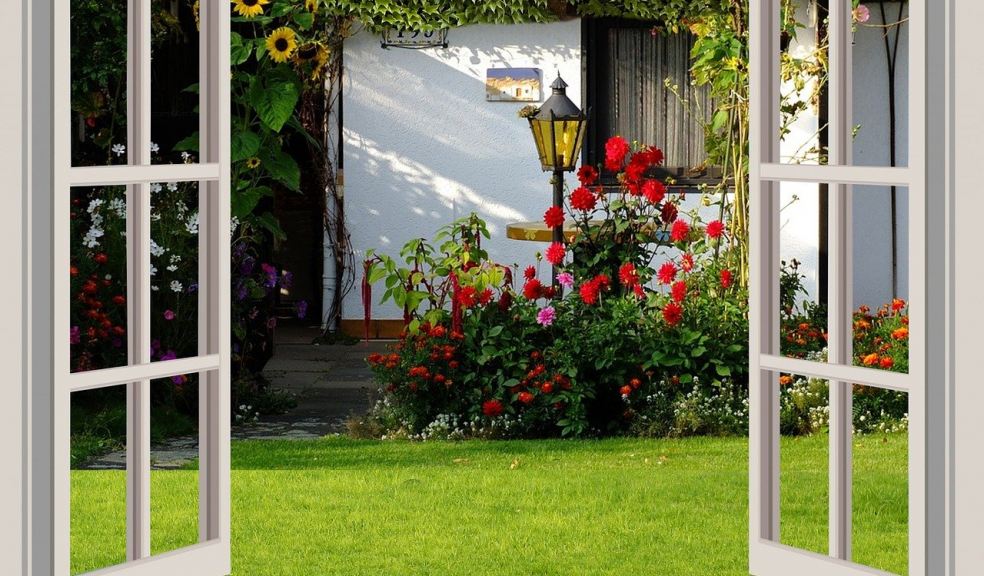
Tips for a Green and Sustainable Garden Room
A garden room is more than just a structure tucked away in your backyard, it’s a multi-purpose sanctuary designed to fit your needs. Whether you want a peaceful home office, a creative studio or simply a place to relax, a garden room offers a versatile space that can do it all.
When compared to traditional sheds, garden rooms are built for comfort. With proper insulation, electricity, and large windows to let in natural light, they’re usable year-round, making it an optimal choice for the weather in the U.K. It is an expansion of one’s living space without the hassle of major renovations, garden studios are the perfect solution. The best part is that these benefits are driving their growing popularity across the UK, with expectations of seeing them more widely adopted throughout the country.
According to Thermory, biophilic design is an architectural and landscaping approach that strengthens the connection between people and nature by integrating natural elements into the built environment. A study conducted by Human Spaces shows that respondents working in environments with natural features reported feeling 6% more productive and 15% more creative. These designs are also linked to reducing stress and improving air quality, making them not only beneficial for well-being but also practical for sustainable living. By incorporating these features and offering fair pricing and transparency, garden homes become an affordable and eco-friendly option for homeowners.
In this blog, we will dive into some of the best tips for creating a green and sustainable garden room. Keep on reading to find out more.
Sustainable and Strong Foundations
One key tip is to choose sustainable and strong foundations which are often standard when choosing a garden room. A truly green garden room begins with thoughtful, sustainable design that compliments your garden space. The key to creating an eco-friendly space is using materials that have a minimal environmental impact. Typical recycled materials for a garden room can include reclaimed wood, bamboo, hemp, and cork, which will not only be durable but will bring a unique aesthetic which will last for years to come.
These not only reduce waste but also add natural beauty and character to your garden room, laying the foundation for a space that's as environmentally conscious as well as stylish and durable.
Harness the Power of Natural Light
Harnessing natural light is one of the simplest and most effective ways to make your garden room eco-friendly. By incorporating large windows and skylights, you can flood the space with sunlight, reducing the need for artificial lighting and cutting down on energy consumption. The trick lies in smart design, positioning your garden room to capture the most sunlight throughout the day ensures optimal light and warmth.
As well as this, the use of natural light will help your garden room appear beautiful and natural in the space.
Sustainable Furniture
One of the easiest ways to make your garden room more eco-friendly is by opting for upcycled or second-hand furniture. Not only does this reduce waste, but it also adds character and charm to the space. For a natural finish, consider materials like cork, which bring both sustainability and style to your room. To make things extra cosy, add a throw or blanket made from organic cotton or recycled fabrics. It’s a small touch that makes a big difference in creating a warm, inviting space that is sustainable. Additionally, don’t forget to add in some greenery! Small plants not only boost the room’s aesthetics but also help purify the air, adding to your serene retreat.
A great tip is to include eco-friendly scented garden nooks where aromatic plants can be incorporated fresh scents like jasmine, lavender to create a calming space or using beeswax candles as a fun DIY idea to use your garden herbs as essential oils.
Considering Bristol was named the European Green Capital, it’s no surprise that Bristol Garden Room Company, Little Green Rooms, has centred their business around sustainability. Their commitment to eco-friendly practices aligns perfectly with the city’s reputation for championing green initiatives.
Maintaining a sustainable garden room
To maintain the sustainability, practising composting and using zero waste practices, composting produce and trying to reduce plastic usage can be a good way of maintaining a healthy garden room and staying greener.
Garden rooms don't always have to be large. They can range from a snug little nook to a more spacious setup, depending on your needs. As well as this, the smaller the garden room, the less upkeep is needed to keep it maintained. Options include selecting sustainable materials like FSC or PEFC-certified timber, choosing room sizes, and deciding on features such as green sedum living roofs and eco-friendly finishes.
Overall, garden rooms are an excellent way to reduce your environmental impact, lower energy bills, and create a healthier living space. Whether used as a home office, gym, or a peaceful retreat, they offer versatile functionality. By incorporating sustainable materials, solar power, or even a green roof, garden rooms are the perfect choice for anyone committed to sustainability.












